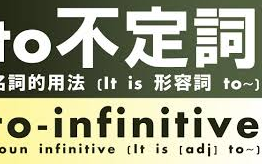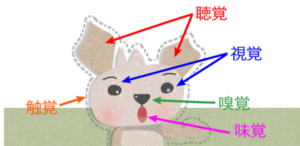
名詞の不規則変化を文の中で正しく使うことでIELTS / TOEFL
スピーキングとライティングの評価を上げることができます。
Most of the nouns are made plural by adding “s” or “es” in the end. Of course, we know that some nouns change their spelling or stay the same regardless of the number. They are called irregular-plural nouns. It is significant to know the rules of converting singular nouns to their plural forms because one reason is that, our English skill is better assessed and determined by other people based on how we talk about different nouns, and how we use them in sentences.
Below are the rules in changing irregular nouns to their plural forms:
以下は代表的な名詞の複数形不規則変化になります。
▮ 「注意すべき集合名詞」
fish やfruitなどそのままの形で「魚全般」「くだもの全般」を表します。
Some nouns never change their spelling and remain the same
when transformed to plural.
Fish-fish Fruit-fruit
例文:I saw a school of fish in the river (川の中に魚の群れが見えた)
例文:Does this tree bear much fruit? (この木には果物がたくさん実りますか)
▮ 「単数形と複数形が同じ」
Deer-deer Sheep-sheep Means-means, Species-species
例文:There are many sheep here.

▮ 「不規則変化」
Nouns that change some of their letters
in their plural form.
Woman-women
Child-children
Tooth -teeth
▮ 複数形になると別の意味を持つ名詞
There are nouns which only have their plural forms.
Most of them come in pairs.
Scissor (切る)-scissors (はさみ)
Force (力) – forces (軍隊)
Arm (腕) ― arms (武器)
Glass(グラス)― – glasses (メガネ)
Force

Forces

Regardless if there is only one piece of scissors,
we still use the plural form.
Example: Can you get the scissors on the table?
SPECIAL CASES: 不規則変化
There are, however, special cases in producing plural nouns:
▮ 外来語の複数形は、英語のルールに従っていないので注意
Examples are Latin and Greek words also have their own plural forms.
(is-es)
-basis to bases
-hypothesis-hypotheses
(a-ae)
Antenna-antennae
Alumna-alumnae
(us-i)
Nucleus -nuclei
Fungus-fungi
Alumnus-alumni
Cactus-cacti
Octopus-octopi
(on-a)
Criterion- criteria
Phenomenon-phenomena
▮ 数字の複数形 語尾に-s を付ける
-We add s to numbers to make them plural.
Example: There are many number 4s in your mobile number.
Please take away the 2s in this contact detail.
I was born in the 1980s.
(Note: To replace 19 in the statement, put apostrophe instead.)
▮ 数字の語尾に-’s を付ける
I was born in the ‘80s.
▮ 語尾に-s または-‘s を付ける
–To make the letters plural, add “s” to the capital ones and ‘s to the small cases.
Example: I got As on my exams.
We have to find the value of x’s in this mathematical problem.
▮ 略語に –s を付ける
-Simply add “s” for abbreviations.
Example: Can I have your IDs?
I have to go to the store to buy some CDs.
Note: There are many different rules to form the plural forms of nouns. However, there are some words now that have been accepted by experts of the language, and it sometimes vary to different places where English is used. Examples are octopuses, cactuses, and etc.












